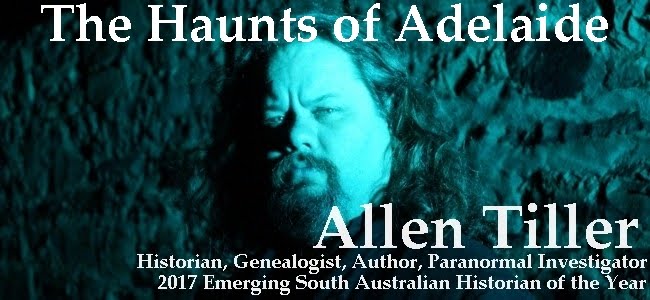“A Ghost Named Tom”
Edmund Wright House
 |
Edmund Wright House - SLSA B 43000 |
Built between 1875 and 1878, the building now known as The Edmund Wright Building was designed by architects Edmund Wright and Lloyd Taylor for the Bank of South Australia, which was an independent branch of the South Australia Company, formed in 1835, in London.
The building opened on the 2nd of June 1878 and cost 63,000 pounds to construct.
For most of its life, the building has been used as a bank, changing hands from the Bank of South Australia, to the Union Bank in 1893. Later becoming the ANZ Bank from 1951 until 1971 after which it was sold to Mainline Investments.
Mainline Investments proposed a 19-story office block to be built on the site in 1971. A public campaign saved the ornate building from demolition. The Minister for Public Works purchased the property for $750,000 and renamed it Edmund Wright House. It has since been used by The Registrar of Births, Deaths and Marriages, and as a migrant resource centre. Its lower bank vaults are used on occasion for music recitals and meetings.
The design of the building is in the style “Corinthian” and features carved friezes, carved spandrels, carved keystones, and a carved tympanum featuring the bank's shield.
The former vaults of the bank in the basement, and the upper levels of this building, are thought to be haunted by a man named “Tom” who is said to have been stabbed to death in the building, although no record of such an incident can be verified.
Debbie, who visited the Adelaide City Library during my residency for the Haunted Buildings in Adelaide project, once worked inside the building and described how the lift would often operate by itself, she would look up expecting someone to leave the lift, but it would be empty…
Lights also had a habit of being turned on or off within the building when no one was visibly near the light switches, but perhaps the eeriest of experiences for Debbie was the calling of her name (and of other staff members) by a disembodied voice in the building, one that none of the staff recognised, or could locate the source from which it emanated!
© Allen Tiller 2019






































